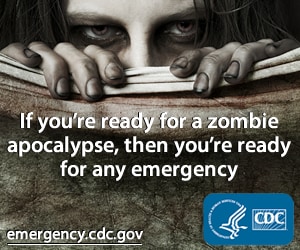If 911 wasn't available how would you fight a fire? Do you currently have fire extinguishers in your home? Are they around "hot zones" like the utility room, kitchen, grill area, garage? The single best way to fight a fire, is PREVENTION.
•Class A extinguishers are for ordinary combustible materials such as paper, wood, cardboard, and most plastics. The numerical rating on these types of extinguishers indicates the amount of water it holds and the amount of fire it can extinguish. Geometric symbol (green triangle)
•Class B fires involve flammable or combustible liquids such as gasoline, kerosene, grease and oil. The numerical rating for class B extinguishers indicates the approximate number of square feet of fire it can extinguish. Geometric symbol (red square)
•Class C fires involve electrical equipment, such as appliances, wiring, circuit breakers and outlets. Never use water to extinguish class C fires - the risk of electrical shock is far too great! Class C extinguishers do not have a numerical rating. The C classification means the extinguishing agent is non-conductive. Geometric symbol (blue circle)
•Class D fire extinguishers are commonly found in a chemical laboratory. They are for fires that involve combustible metals, such as magnesium, titanium, potassium and sodium. These types of extinguishers also have no numerical rating, nor are they given a multi-purpose rating - they are designed for class D fires only. Geometric symbol (Yellow Decagon)
•Class K fire extinguishers are for fires that involve cooking oils, trans-fats, or fats in cooking appliances and are typically found in restaurant and cafeteria kitchens. Geometric symbol (black hexagon)
You need to know other ways to put out fires than extinguishers and calling 911...Take the time to look up different fire types and be sure you know how to keep yourself safe and your family. Get a plan together as a family what to do if a fire starts. Write it down. Practice your plan. Know what you'd do if a fire broke out. Fear, panic and the unknown are your worst enemies. Remember the single best way to fight a fire is prevention!
.








1 comments:
Fire is one of the most common causes of mortality all over the world and it can happen anytime and anywhere. And once a fire has broken out, containing the fire or putting out the fire may be a difficult task to do that is why knowing fire prevention and having a fire safety extinguisher are very important.
Fire Extinguisher Service in Las Vegas
Post a Comment